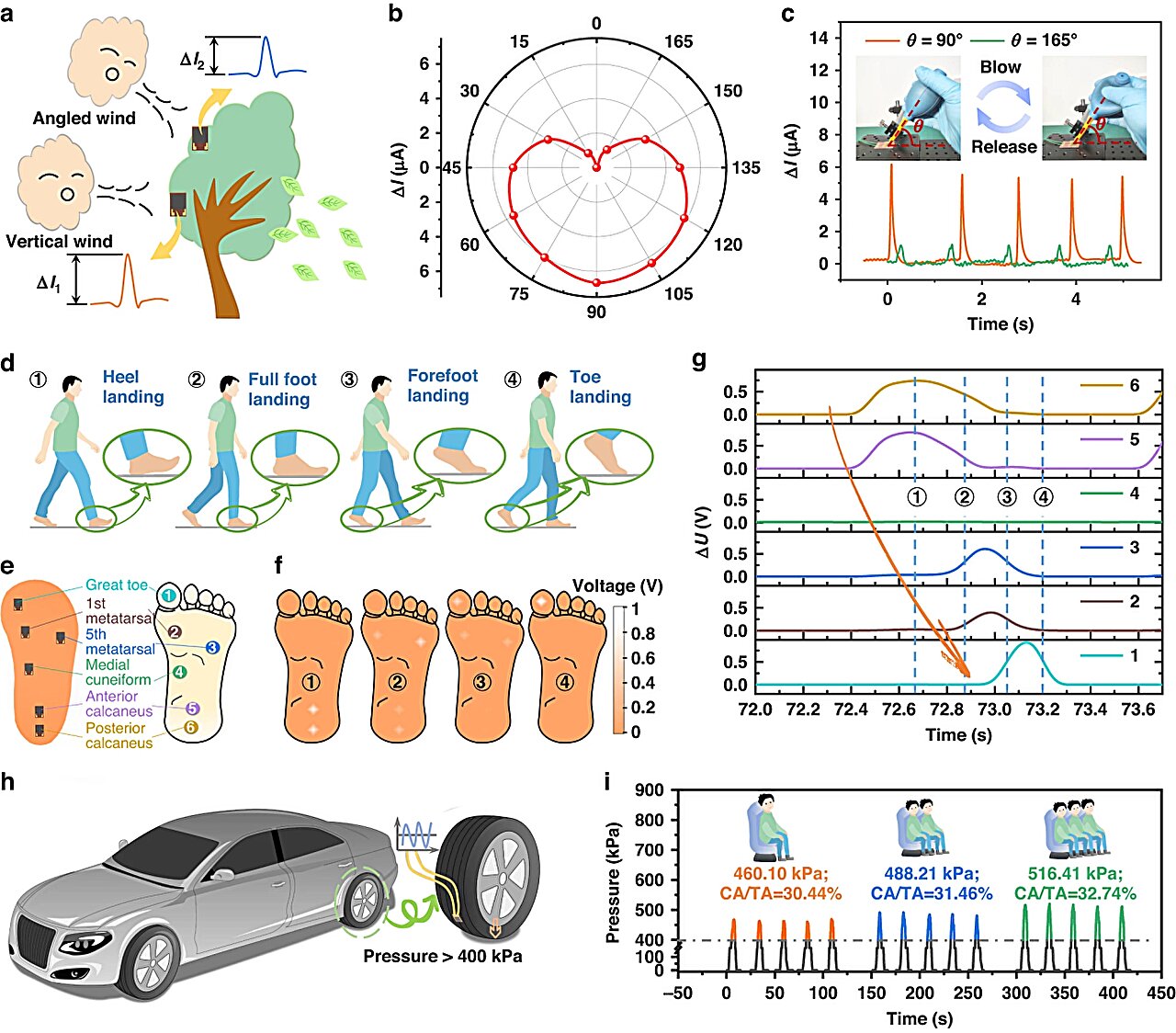
Fusion: Ten Times More Expensive Than Nuclear Power
The U.S. and world fusion energy research programs are developing something that no one will want or can afford. The stated goal of fusion energy research is to provide a new source of electric power based on nuclear fusion, the process that powers the sun and the stars. That has proven to be an extremely difficult task because the related physics is extremely difficult. In the 1970s, the Russian tokamak fusion configuration emerged as having great promise for creating and containing the extremely hot gas, known as plasma.
Physicists worldwide adopted the tokamak approach and worked mightily to understand what was going on in the associated hot plasma while scaling up tokamak experiments. The goal was to progress to a system large enough that more energy would be produced in a tokamak system than was required to heat the plasma. Over the past six decades, while substantial progress has been made, ever so slowly the promise of commercially viable fusion power from tokamaks has ebbed away. Some recognized the worsening commercial outlook, but most researchers simply continued to study and increase the size of their tokamak devices -- and to increase the size of their budgets.
At present, there are a number of large tokamak experiments worldwide. The largest such facility is the so-called ITER tokamak experiment, now under construction in France. ITER’s goal is to create a tokamak plasma that is so hot and long lived that it would produce ten times more energy than was used to heat the plasma. ITER was originally envisioned to cost roughly $5 billion, a level that might extrapolate to a reasonably priced tokamak fusion power plant.
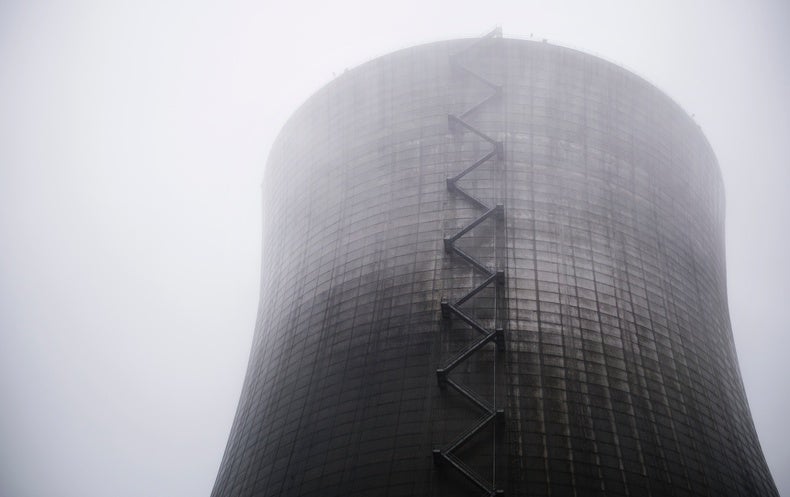
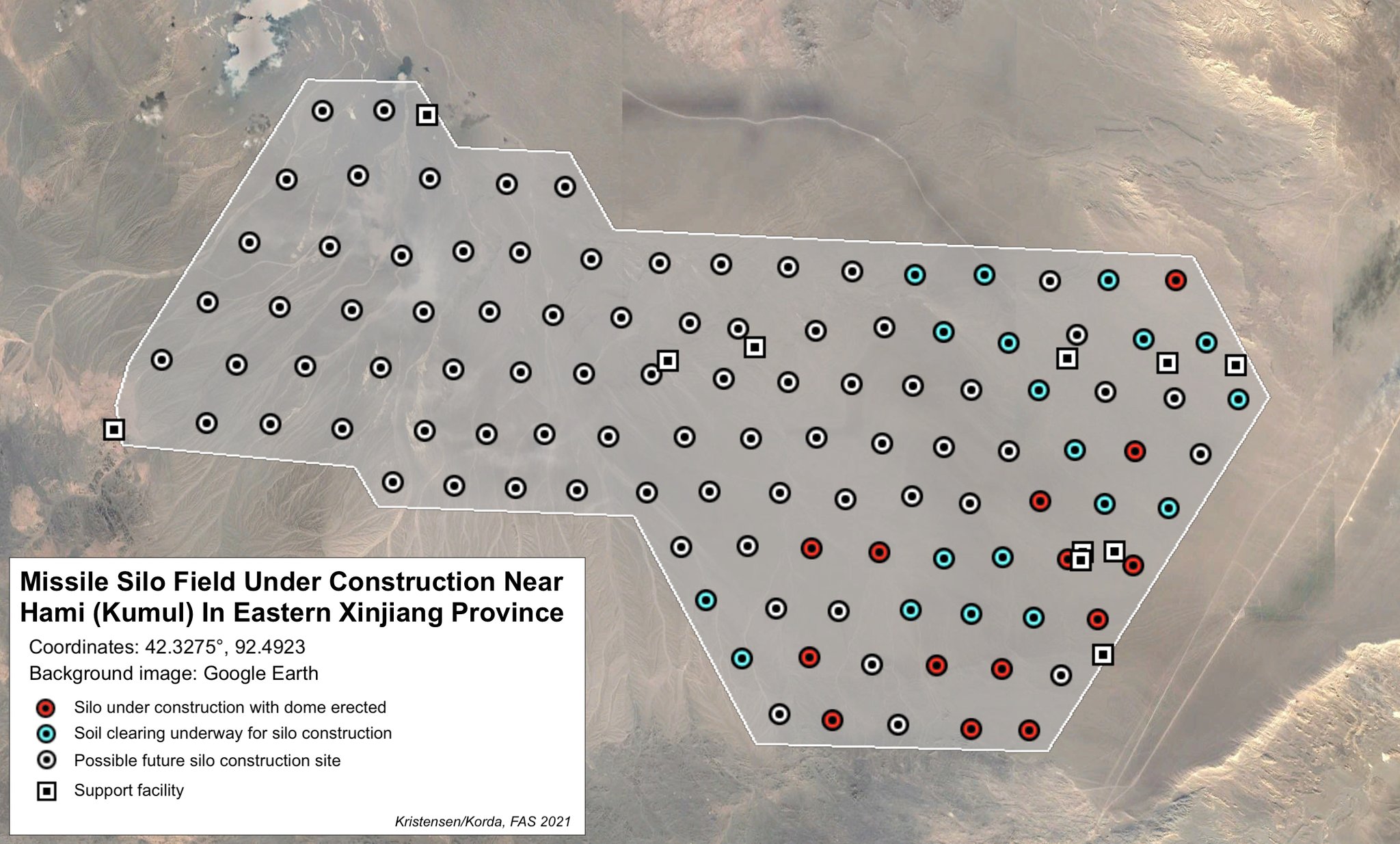

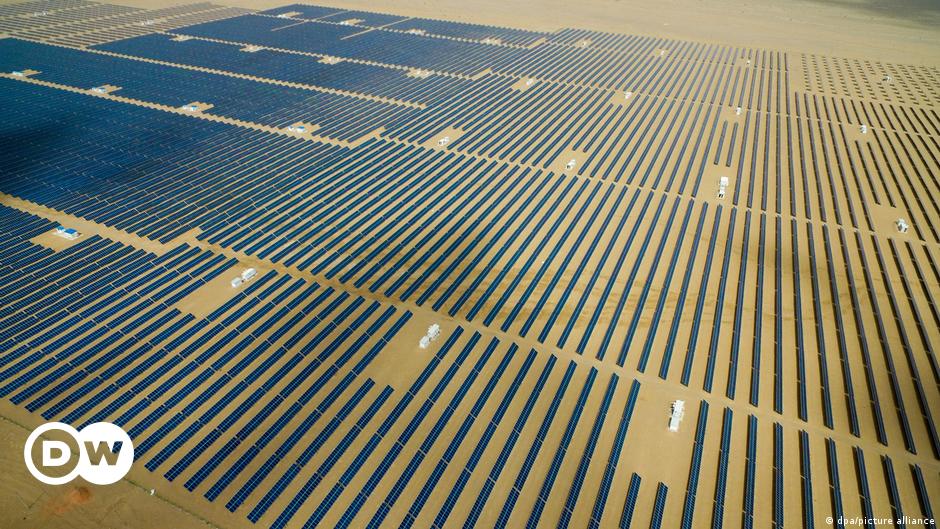
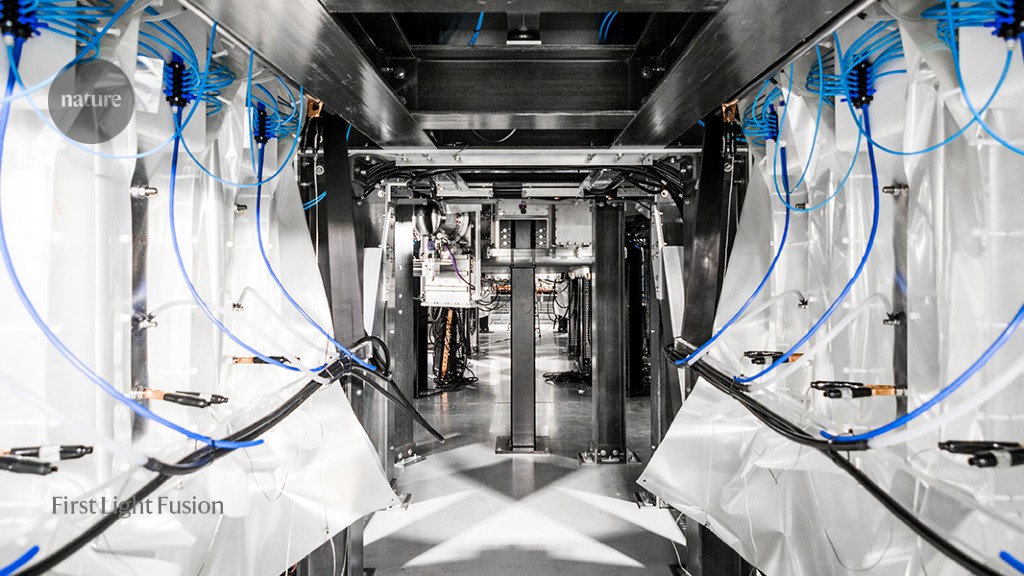
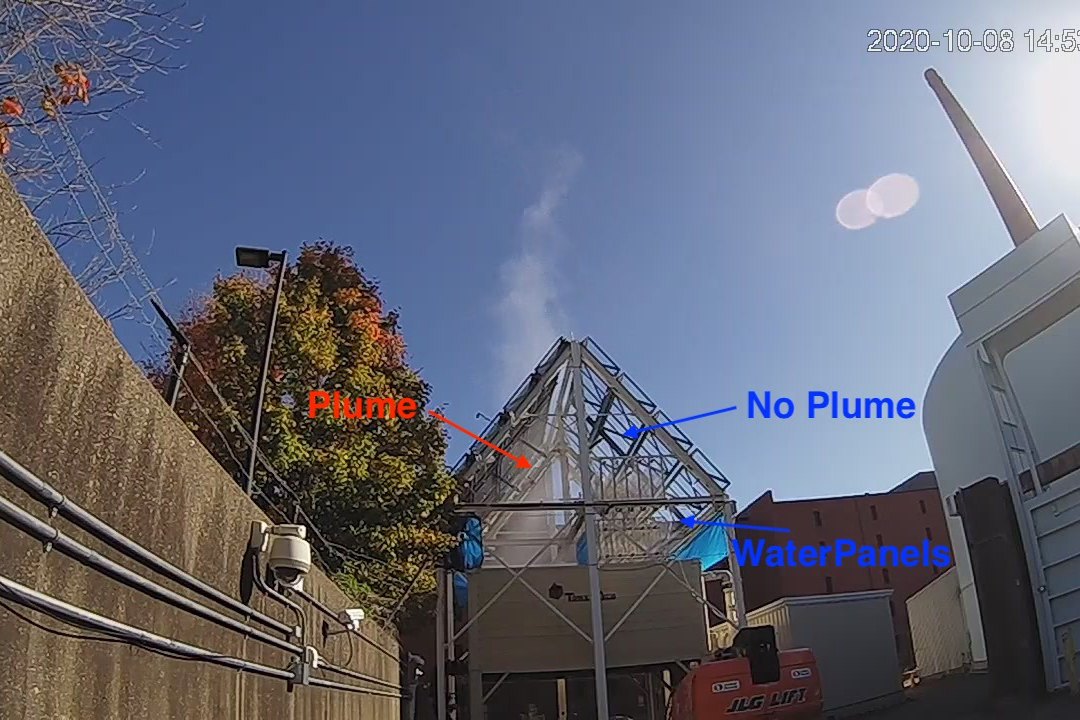
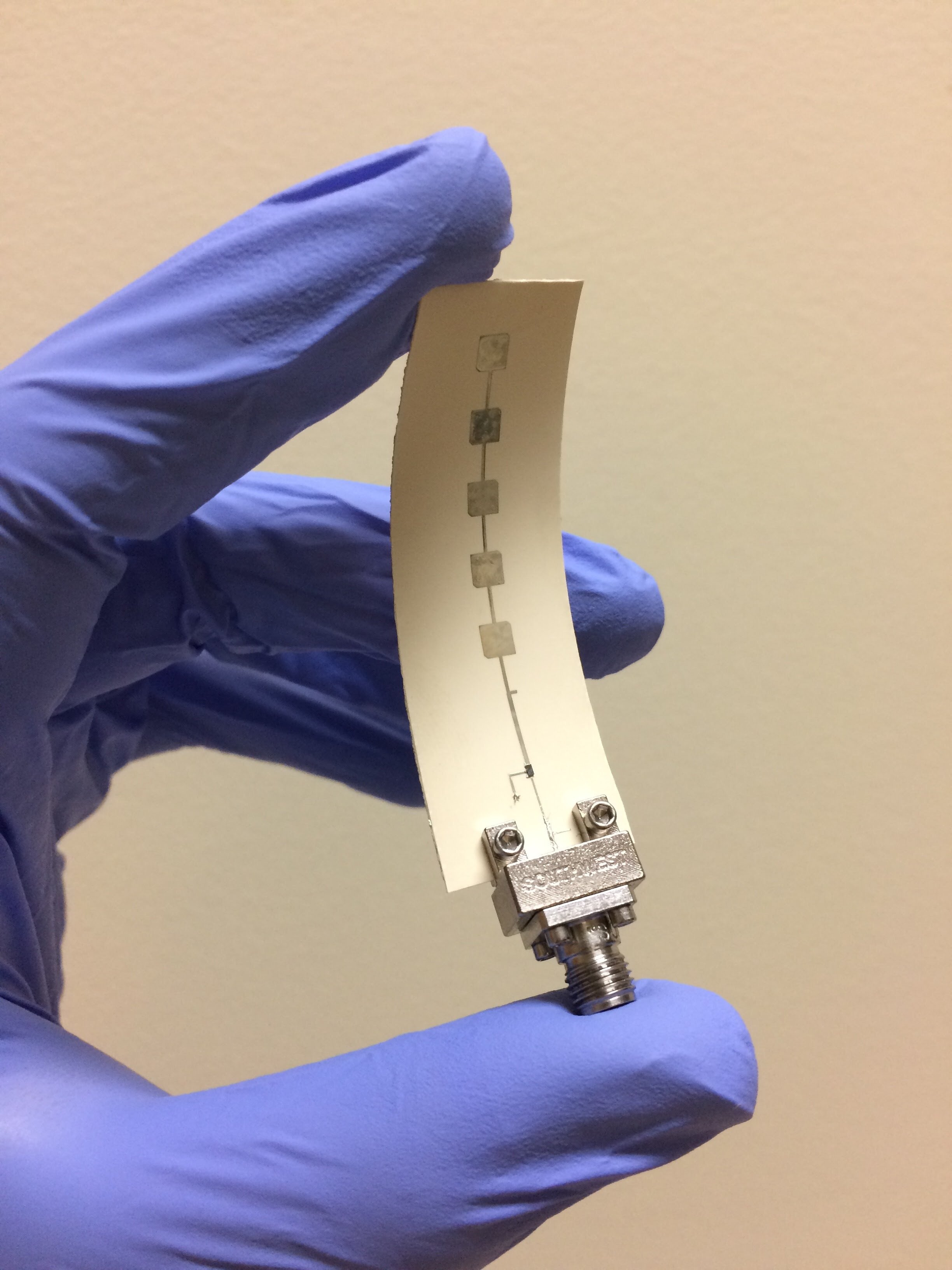




/cdn.vox-cdn.com/uploads/chorus_asset/file/25417835/51684715392_2615642caa_o.jpg)


